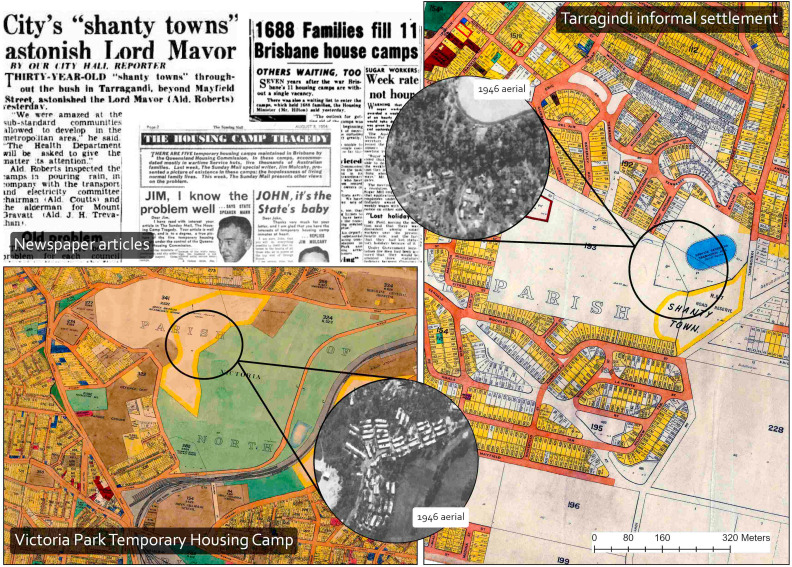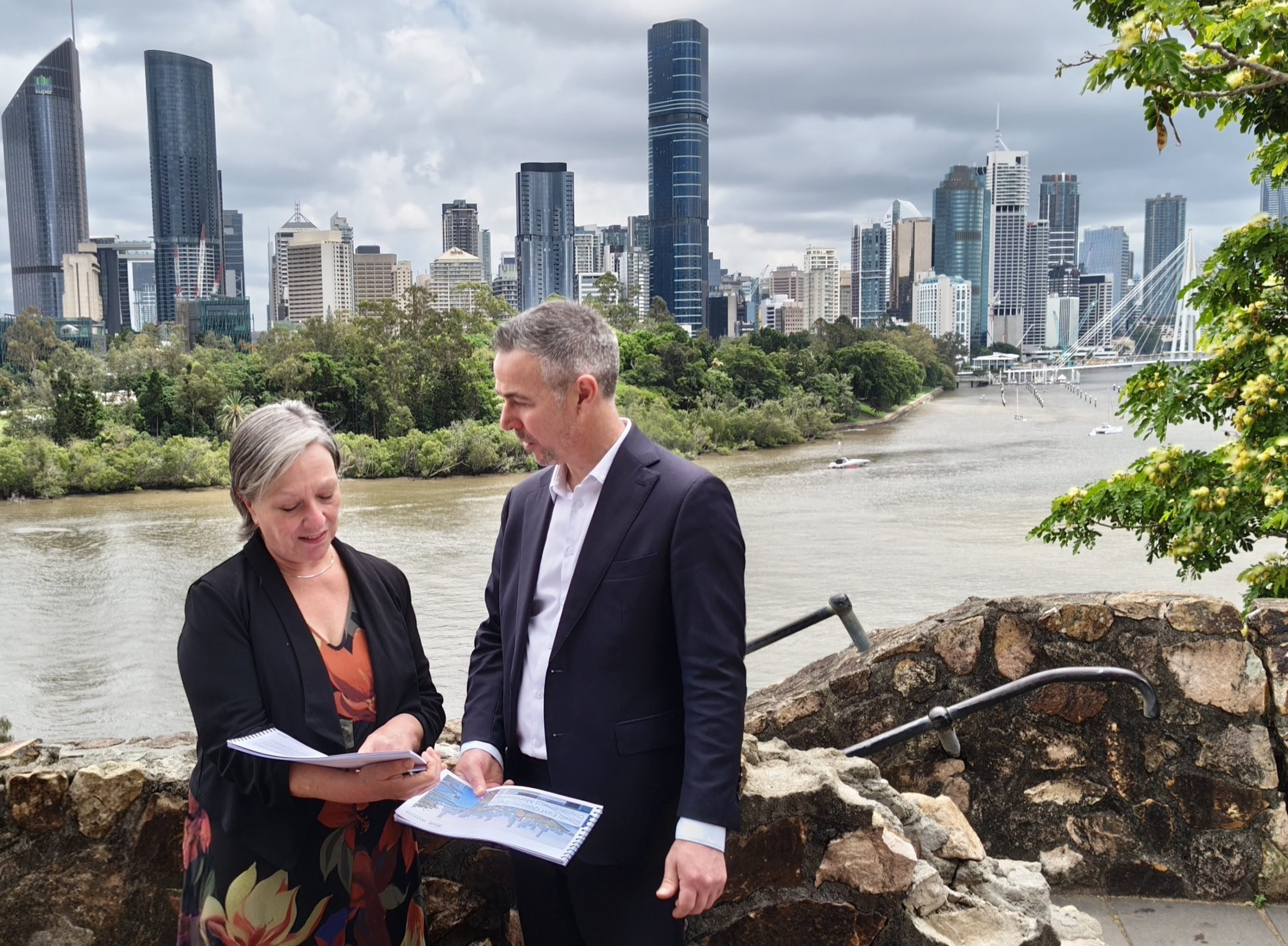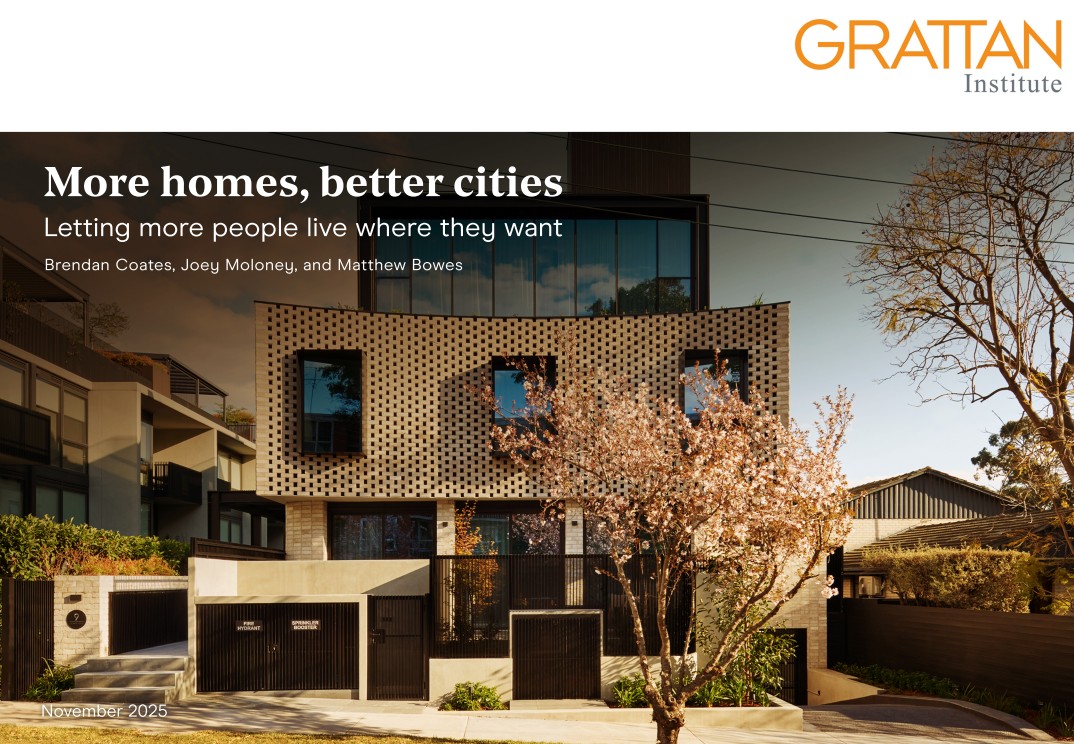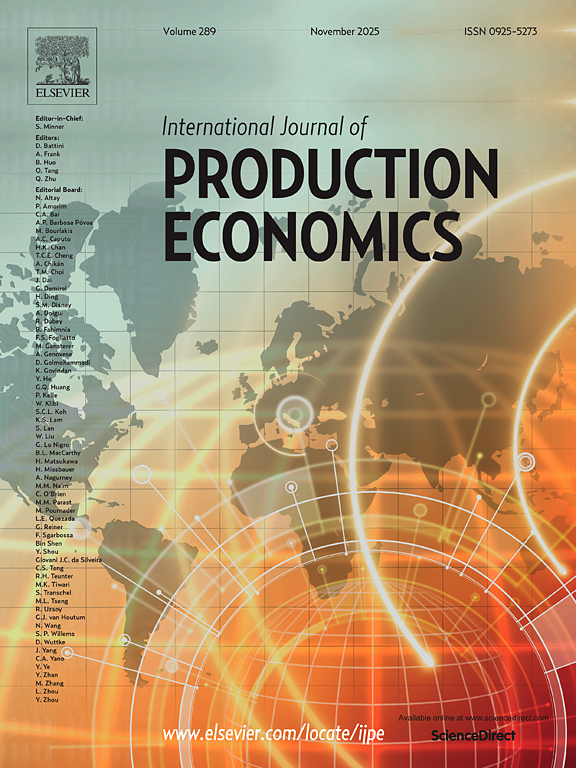Home Policy
Policy
- Research
This study examines the spatial evolution of informal settlements, including temporary housing camps, in Brisbane, Australia. Findings reveal how these settlements were gradually absorbed into or reshaped by the surrounding urban fabric.
- Research
This research compares the advantages, disadvantages and unintended consequences of different models, and creates an evidence-base to support the design of future government-led shared equity programs.
- Research
Q Shelter and AHURI are monitoring potential displacement caused by changes in housing market conditions in the lead up to the Brisbane 2032 Olympic and Paralympic Games. This is the first update since the initial 2024 baseline report.
- Research
Australia needs a housing policy revolution. The equation is simple: If we build more homes where people most want to live, housing will be cheaper and our cities will be wealthier, healthier, and more vibrant.
- Research
This study’s findings suggest that provincial governments may have adopted foreign buyer taxes as a political expediency to signal government action on the housing crisis while sidestepping structural drivers of unaffordability in their housing markets.
- Research
This viewpoint presents a recent discussion paper written by Australian Planners, some who identify as having different disabilities, as a way to start discussion on planning guidance for disability equity and inclusion.
- Research
This study investigates the impacts, challenges, and opportunities presented by recent global events on the Australian construction sector and its supply chains, and seeks to offer valuable guidance for policymakers, industry stakeholders, and researchers while navigating the current landscape.
- Research
This study reveals a “vulnerability trap” for low-income households and a “resilience divide” favoring affluent buyers, underscoring the need for distribution-sensitive climate adaptation housing policies.








